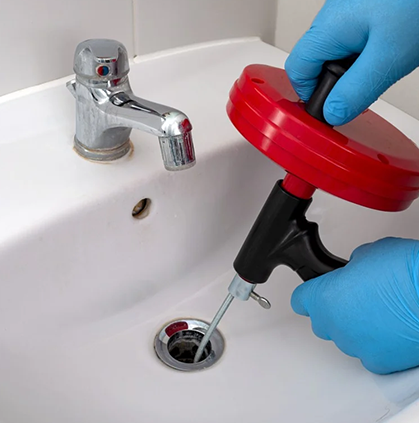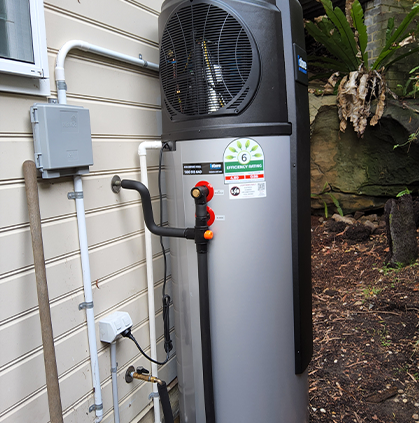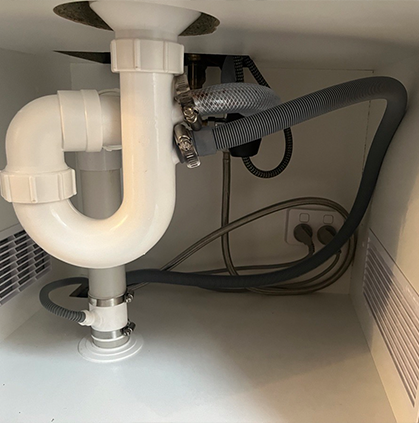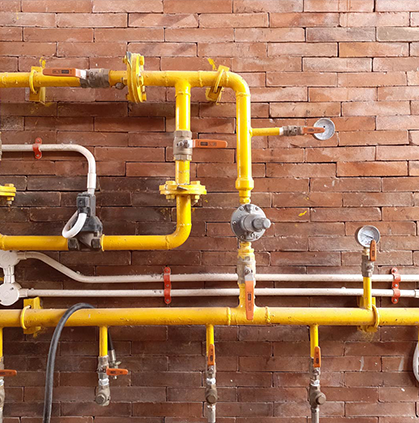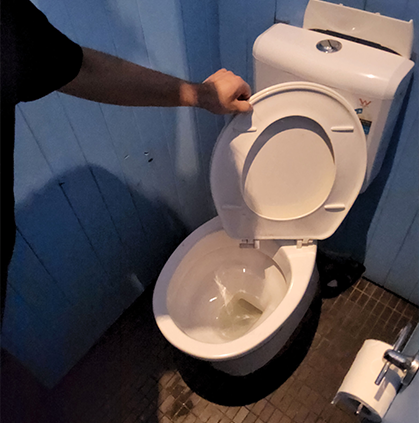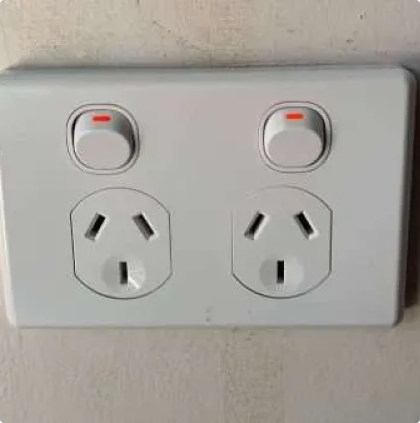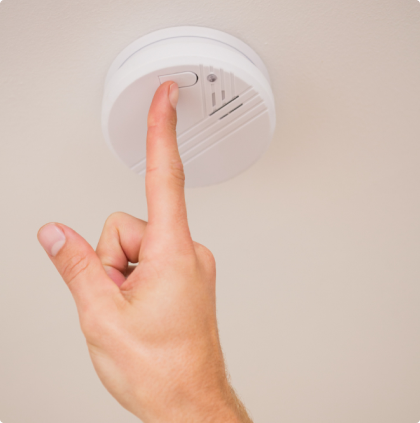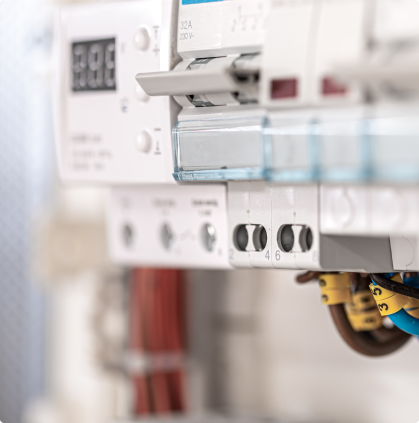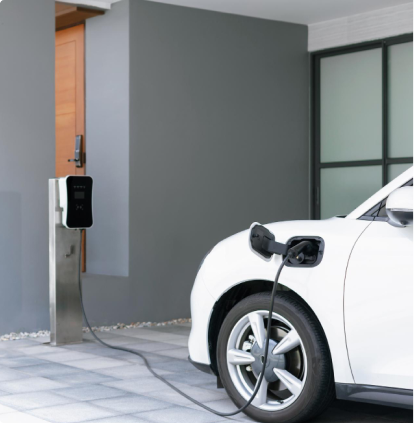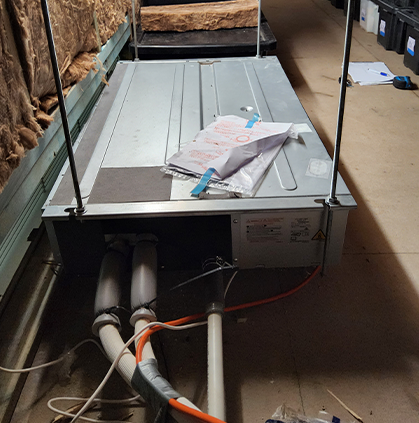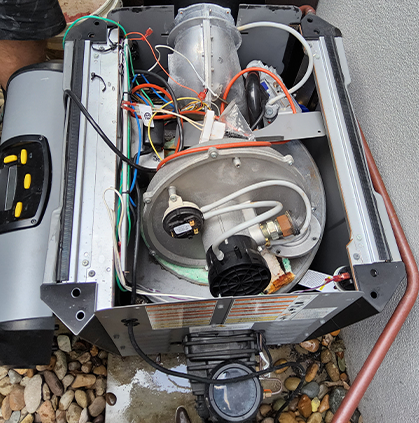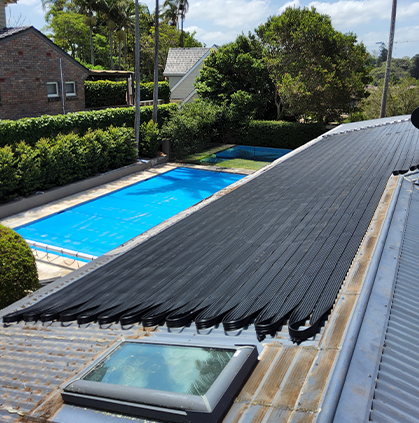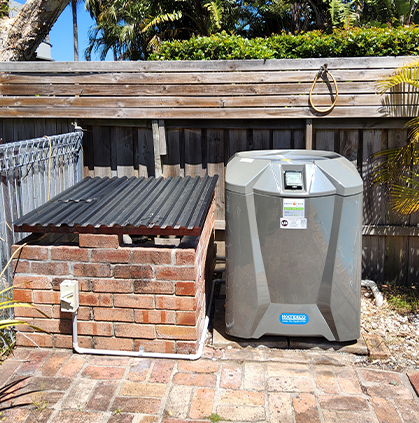Your AC should keep you comfortable, but what if it’s secretly making you sick? Mould in AC units is often to blame, and most homeowners have no idea it’s there.
Each time your AC runs with mould inside, spores spread throughout your home. The longer it goes unchecked, the more your health suffers and the more damage your unit takes.
Sure, professional air conditioning services can always help, but knowing the signs yourself comes first. Keep reading to find out what to watch for and simple steps you can take.
Why Should You Worry About Mould in Your AC Unit?
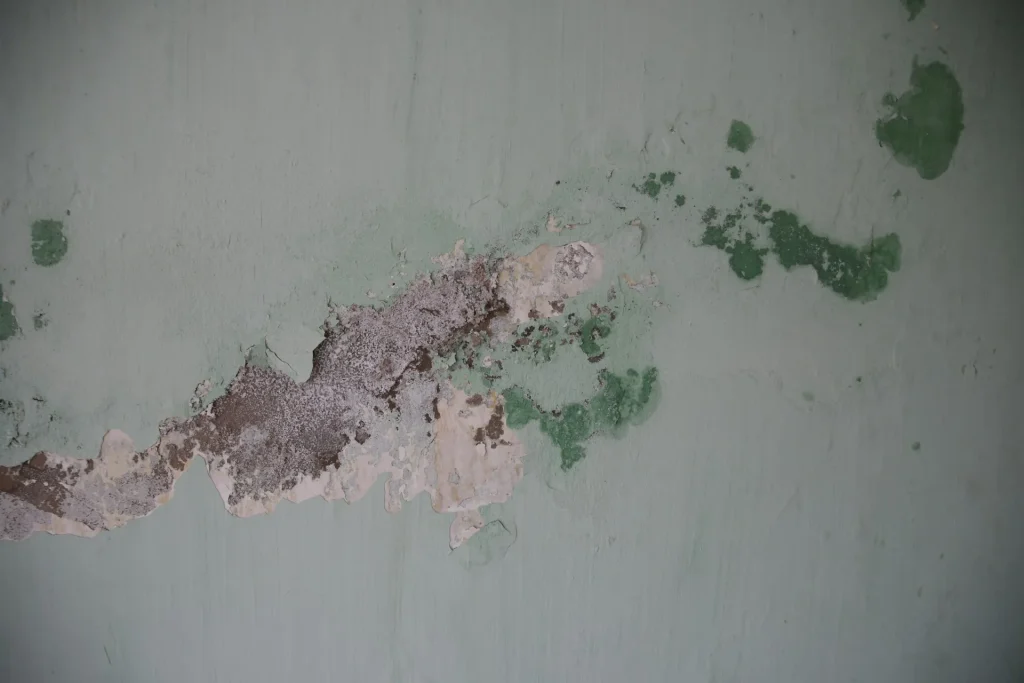
Here’s why you should be concerned about mould in your AC unit:
1. It’s Bad for Your Health
Mould is a fungus that loves damp, dark spots inside your HVAC. It releases thousands of spores into the air that travel through your ducts.
Every time you turn on the AC, those spores go through your vents and into your rooms. And breathing in mould spores can cause asthma attacks, worsen allergies, or give you a sore throat.
2. It Makes Your Home Smell Bad
If you notice a musty odour near your vents that gets worse when your AC runs, it is a strong indicator of mould in AC units.
It usually gets worse right after you turn on the AC and then gets better when you turn it off. That’s because mould spores and toxins spread through the air when the blower is running.
3. It Strains Your Air Conditioner
Mould can cut down your AC unit’s lifespan because it makes it less efficient. For example, if mould grows on the evaporator coils, it covers them up and blocks heat and air from passing through.
So, what should take 8–10 hours might end up taking 12–14 or more. This puts extra stress on components and makes them wear out faster.
4. It Degrades Your Property
When your AC runs, spores can spread to walls, ceilings, insulation, and ductwork, whether you have ducted or split systems.
Mould can cause rusted coils, refrigerant leaks, peeling paint, and rot nearby wood. Your ductwork gets contaminated and needs costly ducted air conditioning repair.
7 Signs That You Have Mould in Your AC Unit
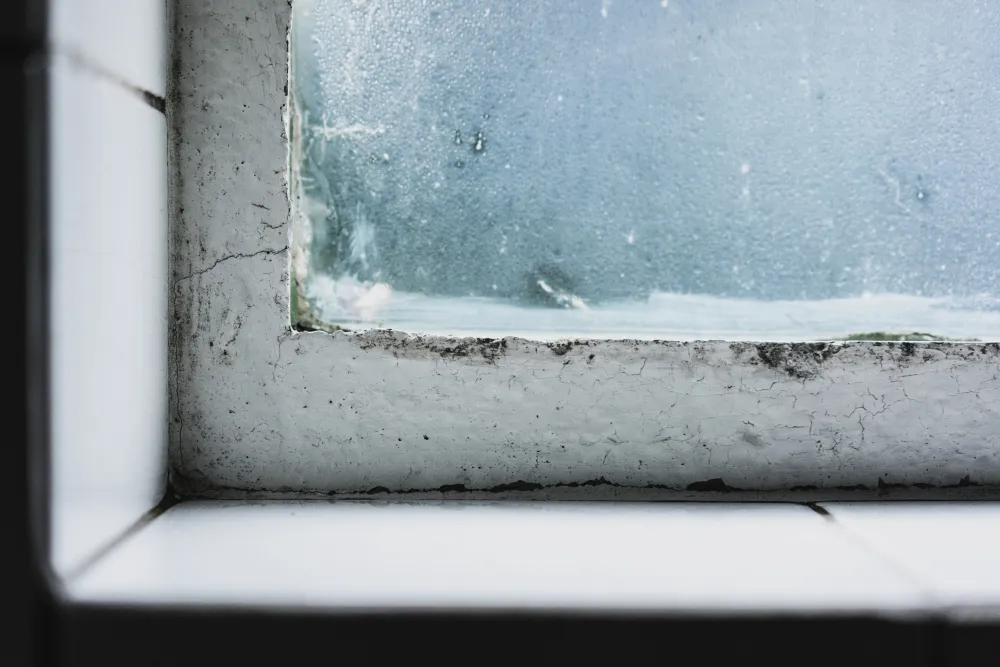
Here are the signs you have mould in your AC unit:
1. You Sneeze A Lot
Common black mould in AC unit symptoms include sneezing, coughing, watery eyes, nasal congestion, and other allergic reactions.
So, pay attention to patterns: Do the sneezing fits start shortly after the AC turns on? Do symptoms improve when you leave the house or when the system isn’t running?
2. You Get Headaches but Have No Idea Why
Mould headaches usually bring congestion and brain fog. So, if a few family members get headaches at the same time, and kids say they have trouble focusing, that could be the signs of mould in your AC unit.
3. You Notice Earthy Smell from Vents
If you smell a musty odour near your air vents that grows stronger when your system runs, it likely means mould in your air conditioning.
The musty smell usually gets stronger within 5 to 10 minutes after turning on the AC and can stay for a while.
4. There Are Visible Fuzzy Spots on Coils
Black mould can grow on your AC filter or evaporator coils. And since they’re inside and don’t get much airflow, it’s easy to miss.
So, check your indoor unit for fuzzy patches, black spots, or discolouration. Mould on cooling coils can be black, green, or white. It usually starts in the corners or where condensation gathers and spreads from there.
5. Stains or Discolouration Around Vents
It’s not just the indoor AC unit that gets this. Sometimes, you will see stains or discolouration around the vents when there’s mould in your AC split system.
The stains might look like dusty black patches, dark streaks, or faint discolouration spreading out from the vent edges.
6. Wet Spots in Walls
Warm air in the ducts can cause water to condense through holes or leaks, which lets mould spores grow. So, if you see damp patches near your AC or ducts, moisture is leaking and could lead to mould.
Try touching the spots. If they feel cool, damp, or spongy, it’s been happening for a while. Also, check the attic or crawlspace near the ductwork for water stains, compression, or mould.
7. Condensation on Windows or Furniture
If mould is blocking your AC parts, it can’t control humidity properly. That can make indoor humidity go over 60%, which can lead to condensation on windows, mirrors, or furniture.
You can use a hygrometer to check your indoor humidity and air quality. So, if the readings stay above 50%, mould in your AC could be blocking its ability to dehumidify and control moisture.
How to Get Rid of Mould in Your Air Conditioner
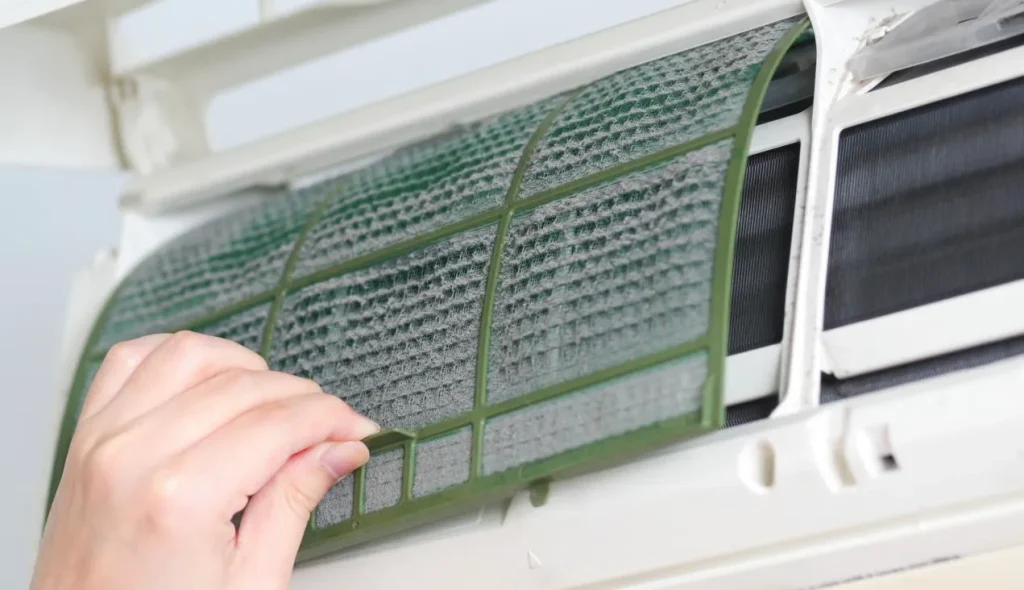
You know that mould in the air conditioner can cause problems. Now, how do you get rid of it properly?
1. Remove the Air Filter
Turn off your AC at both the thermostat and the circuit breaker to stay safe. Then, find your AC filter. It’s usually behind a return air vent or in a slot near the indoor air handler. Take it out carefully.
2. Clean the Filter
For reusable filters, you can wash them with mild detergent and warm water, then rinse off all the soap. Scrub gently but thoroughly to remove any mould and dirt. If you use disposable filters, just throw them away.
3. Let the Filter Dry
This step is important. First, make sure the filter is completely dry before putting it back. A wet filter can grow mould again quickly.
If you can, put the filter in direct sunlight or in a place with good airflow for a few hours to help it dry completely. Never put back a wet filter.
4. Spray Mould Remover
Fill a spray bottle with undiluted white vinegar. Spray generously on all mouldy surfaces, including the condensate pan, removable covers, and accessible areas. Let it sit for at least an hour to work.
5. Scrub Accessible Surfaces
Use a soft brush or cloth to scrub away mould colonies. Many people skip protective gear and treat it like normal cleaning. But when removing mould, wear protection to avoid contact and inhalation of spores.
An N-95 mask, safety goggles, and rubber gloves? Yes, you need them all. Plus, make sure you work in a place with good airflow.
6. Vacuum Vents
Want to get rid of mold in your HVAC unit? No, don’t use a regular vacuum. It can spread mold spores. Instead, grab a HEPA vacuum. It traps tiny particles so they don’t become airborne.
You can vacuum all the vents, around your indoor unit, and any surfaces where dust or spores might have settled.
7. Flush the Drain Line
Pour a quarter cup of distilled white vinegar into the drain line where you removed the cap. Its acidity helps clean better. Find your condensate drain line, usually a PVC pipe near your outdoor unit or indoor air handler.
Let it sit for 30 minutes, then flush the pipe with water to make sure it’s flowing freely. Check that water drains properly from the outdoor discharge point.
8. Run the AC on Fan-Only Mode
After cleaning, turn on the air conditioner fan without cooling to dry out the unit completely. Make sure there’s no water or moisture left inside. This step is important. Any leftover moisture can start mold growing again.
How to Prevent Mould from Growing in Your Air Conditioner
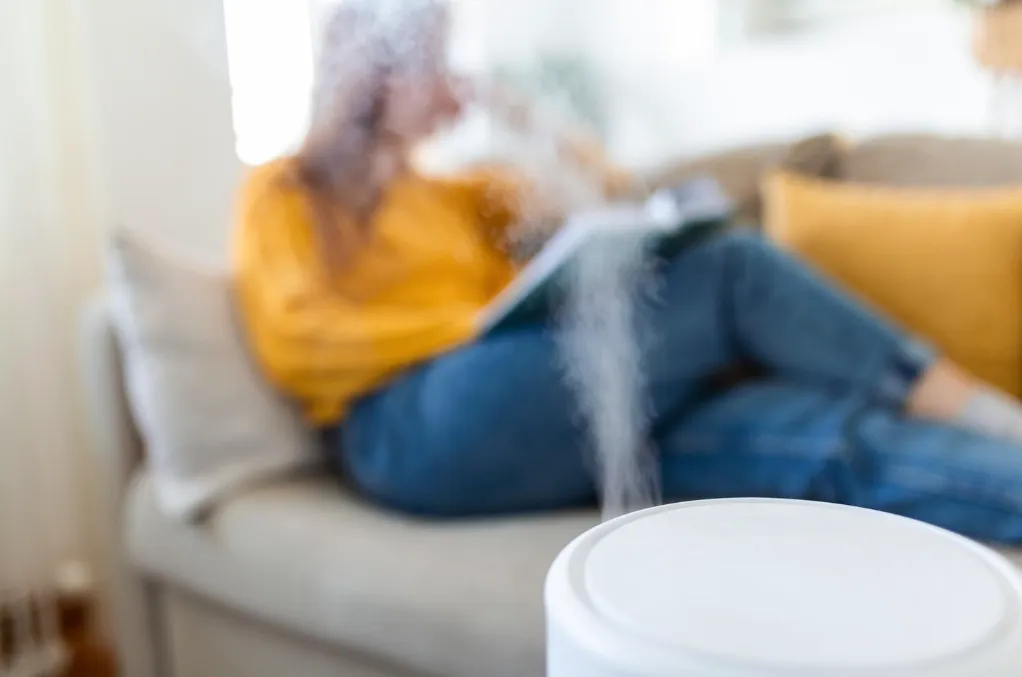
Knowing how to remove mould from your AC is important, but preventing mould growth is even more vital:
1. Keep the Air Filter Clean
Your air filter is your first defence against mould. Replace disposable filters every month during busy times, or at least every three months.
You might also want to upgrade to pleated filters with a MERV 8 to 13 rating. They catch more spores and particles than regular fibreglass filters, so mould can’t reach your coils and grow.
2. Run the Fan Mode Before Turning Off the AC
Running the fan for a short period after the cooling cycle may help dry out the AC and keep mould away. This can disrupt mould spores and lower moisture.
But set your AC to “auto” instead of “on.” The “on” setting blows moisture back inside.
3. Clean the Drain Line Regularly
Every month, pour a quarter cup of vinegar down your AC drain line. It kills mould, algae, and bacteria, and helps prevent clogs.
Condensation makes a perfect spot for mould and algae to grow. Over time, sludge and buildup can happen. Flushing it out regularly keeps that from happening.
4. Make Sure the Unit Is Properly Leveled
Use a carpenter’s level to make sure your outdoor condenser is level. For the indoor air handler, tilt it slightly towards the drain line to prevent puddles and mould. You can adjust the unit or add shims to level it.
Standing water anywhere in your system is a quick way for mould to start. For the indoor unit, a slight slope helps gravity do its thing and move water out through the drain line.
5. Avoid Turning Off the AC Completely for Long Periods
In humid areas, turning off your AC for a long time makes humidity rise quickly. And this causes mould growth.
If you travel often, set your AC to a temperature between 20°C and 23°C instead of turning it off. It keeps air flowing, controls humidity, costs less, and protects your system from mould.
6. Use Dehumidifiers
Use a dehumidifier and keep indoor humidity below 60%. In humid areas, whole-house dehumidifiers work with your HVAC to keep the humidity just right. In drier places, portable dehumidifiers in damp spots do the job.
FAQ about Mould in AC Units
Here are some common questions people ask about mould in AC units:
Can mould in AC be harmful?
Yes, mould in your AC can cause breathing issues and worsen asthma. It can also give headaches and irritate your eyes. The severity depends on the mould type and exposure time. But any mould in your AC is a health risk.
Can I use my AC if it has mould?
Well, running your AC with mould isn’t a good idea. Every time it runs, it spreads mould spores everywhere in your home. You should fix the mould problem first to keep your family healthy.
What are the first signs of mould sickness?
As we have explained, indoor mould can cause itchy eyes, skin irritation, headaches, and breathing issues. And if multiple family members feel the same, especially with the AC on, it might be mould sickness.
What temperature to set AC to avoid mould?
To prevent mould, keep your AC at 25°C or lower in summer. When it’s hot, try to set it between 20-22°C. The key is to keep the humidity between 30-50%. That’s more important than the exact temperature.
Can I test for mould in the air myself?
Well, the CDC doesn’t recommend testing for mould. Health effects vary, and testing doesn’t show if someone will get sick. There are no clear standards for mould in a home.
Conclusion
Mould in your AC is a serious issue. It can cause breathing problems, allergies, and damage to the unit. Ignoring it just makes things worse.
Signs of mould include sneezing, musty odours, fuzzy spots, and increased energy bills. Don’t wait for health problems or costly repairs.
If you notice these signs, contact Lightning Bult for inspections, mould removal, or advice. Our experts will restore your AC to a healthy and efficient condition.



